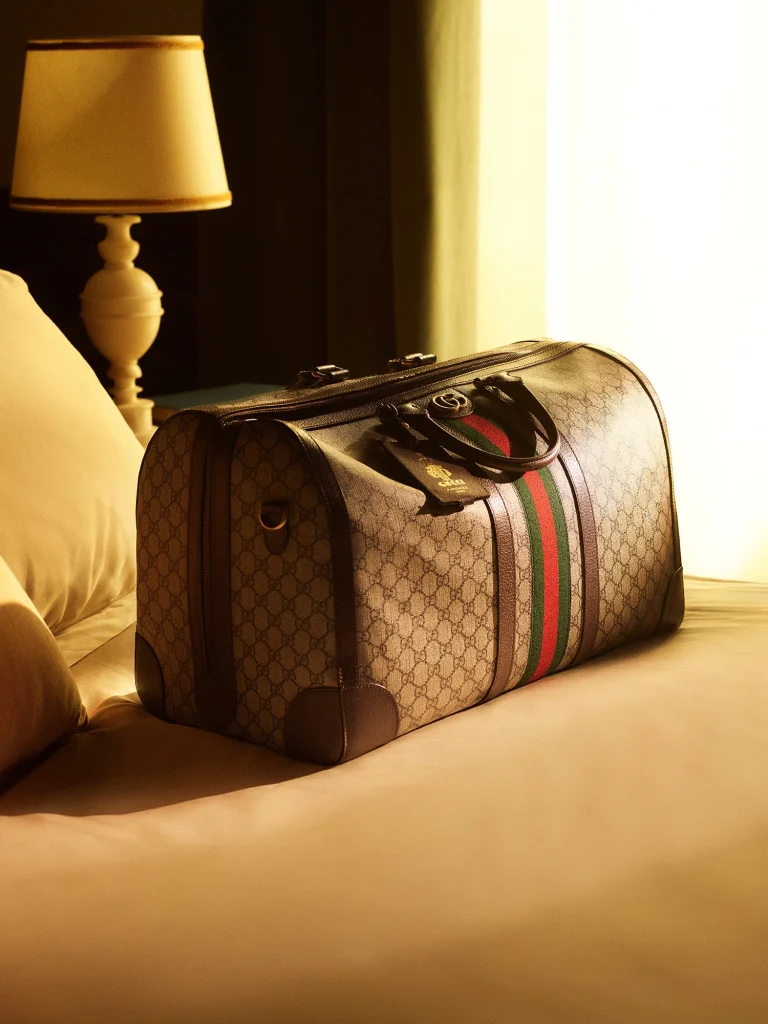Is Buying Replica copyright Worth It? A Shopper’s Guide
Is Buying Replica copyright Worth It? A Shopper’s Guide
Blog Article
copyright, a name associated with luxury and exclusivity, has extended to take control the worldwide style business for decades. With prices usually working into 1000s of dollars, the attraction of owning copyright pieces becomes a far-reaching dream for many. Enter replica copyright items—cheaper solutions that claim to imitate the blissful luxury brand's quality and appeal. But is getting replica copyright truly worth it?
The Cost Charm of Reproductions
One of the very most compelling arguments for getting replica copyright items is their cost. While an authentic copyright handbag may possibly set you back upwards of $2,000, a replica may charge as little as $50 to $300. For consumers on a limited budget, the price distinction is without a doubt attractive. According to a written report by the Organisation for Financial Co-operation and Growth (OECD), phony things, including reproductions of designer brands, accounted for 3.3% of world wide trade in 2019—proof continuous demand pushed by decrease prices.
Nevertheless, while the transparent economic savings look significant, the entire cost-benefit relation may not necessarily suggestion and only replicas.

Quality Considerations
Real copyright products offer extraordinary design, advanced products, and thorough focus on detail. These characteristics contribute to their large cost position and longevity. On the other hand, most reproductions fail to generally meet these standards. Customers usually discover that imitation products start to break down after a small period. Posts unravel, equipment tarnishes, and imitation leather peels—making customers with a short-lived obtain that lacks the real feel and durability of the actual thing.
copyright Data in the fashion business from the International Logo Association (INTA) more illustrate that quality discrepancy. Research shows that almost 75% of customers of phony things stated dissatisfaction with the efficiency and build of the ordered items.
Honest Implications
Reproductions come with moral dilemmas as well. copyright itself has been vocal in regards to the bad impact copyright have on the fashion industry. Counterfeiting plays a role in billions of dollars in failures for brands annually and influences the livelihoods of designers, developers, and employees. Additionally, the generation of bogus objects frequently happens in unregulated factories, raising considerations about bad work situations and environmental pollution.

Resale Price and Sustainability
Unlike authentic copyright pieces, that may maintain or even escalation in value through the years, reproductions hold no resale worth. Investing in a real piece can be looked at an expense in both model and economic value, whereas reproductions an average of find their way in to landfills, adding to the rising issue of fast style waste.
Final Ideas
While the price tag of imitation copyright services and products might be seductive, the trade-offs in quality, integrity, and sustainability are significant. Real copyright parts promise a long-lasting expense, a sense of exclusivity, and position with moral generation chains. For many consumers, keeping for the real deal or exploring pre-owned luxury markets may be the greater choice.
Report this page